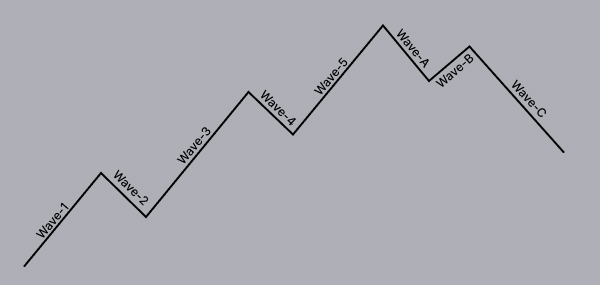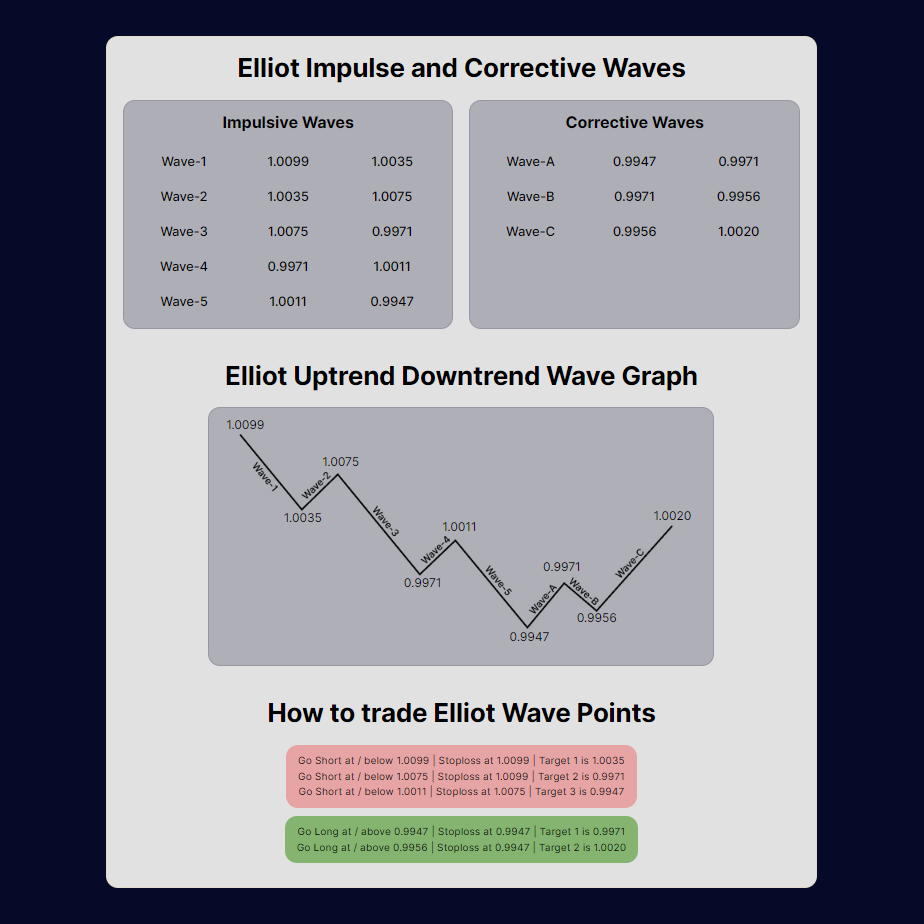Risk & Trade Planning
Position Size CalculatorLot Size Calculator
Stop Loss Take Profit Calc
Risk to Reward Calculator
Breakeven & Win Rate
Risk of Ruin Calculator
Margin Call Calculator
Forex Calculators
Pip Value CalculatorMargin Calculator
Forward Rate Calculator
Carry Trade Calculator
Leverage Calculator
Volatility Calculator
Spread Calculator
Forex Rebate Calculator
Elliot Wave Calculator with Graph
Elliot Impulse and Corrective Waves
Impulsive Waves
Wave-1
Wave-2
Wave-3
Wave-4
Wave-5
0.00
0.00
0.00
0.00
0.00
0.00
0.00
0.00
0.00
0.00
Corrective Waves
Wave-A
Wave-B
Wave-C
0.00
0.00
0.00
0.00
0.00
0.00
Elliot Uptrend Downtrend Wave Graph

0.00
0.00
0.00
0.00
0.00
0.00
0.00
0.00
0.00
How to trade Elliot Wave Points
Go Long at / above 0 | Stoploss at 0 | Target 1 is 0
Go Long at / above 0 | Stoploss at 0 | Target 2 is 0
Go Long at / above 0 | Stoploss at 0 | Target 3 is 0
Go Short at / below 0 | Stoploss at 0 | Target 1 is 0
Go Short at / below 0 | Stoploss at 0 | Target 2 is 0



